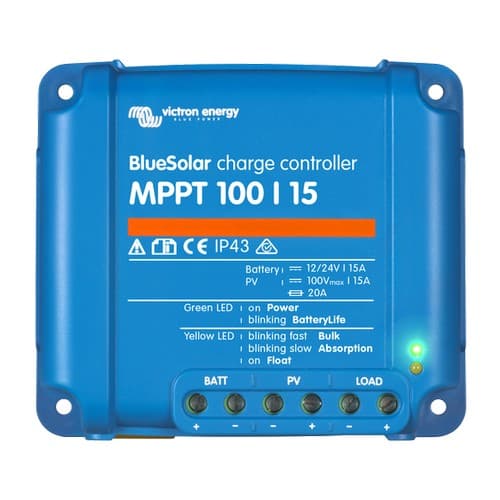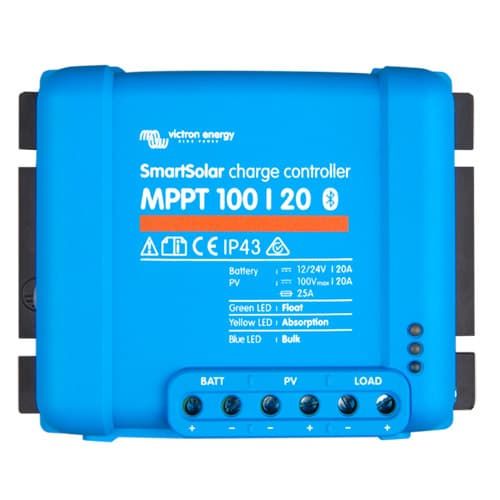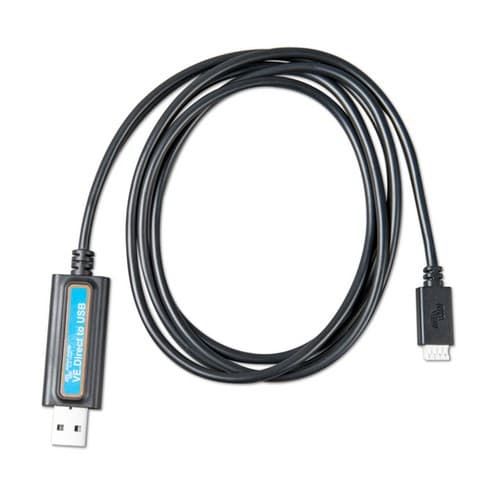FilterGuy
Solar Engineering Consultant - EG4 and Consumers
Call one of your local solar installers and see if they have any 'extras' they will sell. They often end up with one or two panels after a job and are willing to sell them cheap. If you are in the CA Bay area, there is a place in Campbell that always has a stack of odds that they will sell.
I believe the inverter you are looking at is the Victron MultiPlus Compact. That is a nice unit. I recently put one on a boat. If you decide to use that unit and build your own battery pack there are some control features that might come in handy. You don't want to hear this, but the MultiPlus 3000 (not the compact) has even better control options. As others have noted, the Victron equipment is expensive, but it is also rock solid.
Even if you don't go with Victron, I would still recommend getting an inverter charger. The convenience of the built in auto-transfer switch and the built in charger can't be beat.
Do you plan to run anything directly off the 12 volt or will everything be 120V? (This could influence a decision on 12 vs 24 volts).. If it is a pure 120V system, I would recommend seriously considering stepping up to 24v. Even if you plan on running 12V loads, there are reasonable ways of doing it on a 24V system.
If you decide to build your own battery, be careful about the low cost aluminum cells. I have pretty much given up on them for mobile installs due to the small terminal posts. You can make them work but I would still recommend either the Fortune cells or the plastic case cells.
Also, make your decision on DIY vs BattleBorn *before* you start buying stuff. Depending on what you do on the battery build, there are features in other equipment that can make things cleaner.
I believe the inverter you are looking at is the Victron MultiPlus Compact. That is a nice unit. I recently put one on a boat. If you decide to use that unit and build your own battery pack there are some control features that might come in handy. You don't want to hear this, but the MultiPlus 3000 (not the compact) has even better control options. As others have noted, the Victron equipment is expensive, but it is also rock solid.
Even if you don't go with Victron, I would still recommend getting an inverter charger. The convenience of the built in auto-transfer switch and the built in charger can't be beat.
Do you plan to run anything directly off the 12 volt or will everything be 120V? (This could influence a decision on 12 vs 24 volts).. If it is a pure 120V system, I would recommend seriously considering stepping up to 24v. Even if you plan on running 12V loads, there are reasonable ways of doing it on a 24V system.
If you decide to build your own battery, be careful about the low cost aluminum cells. I have pretty much given up on them for mobile installs due to the small terminal posts. You can make them work but I would still recommend either the Fortune cells or the plastic case cells.
Also, make your decision on DIY vs BattleBorn *before* you start buying stuff. Depending on what you do on the battery build, there are features in other equipment that can make things cleaner.





